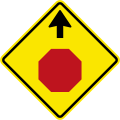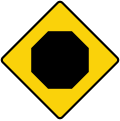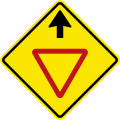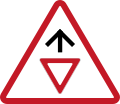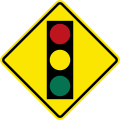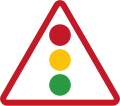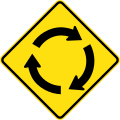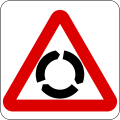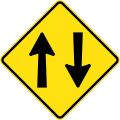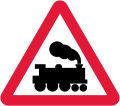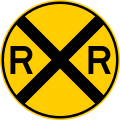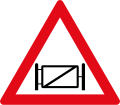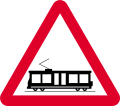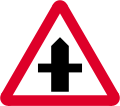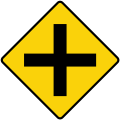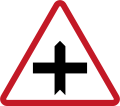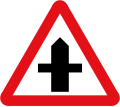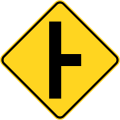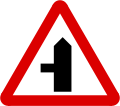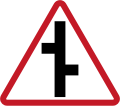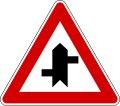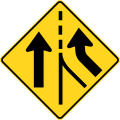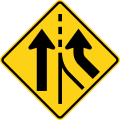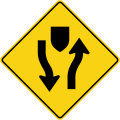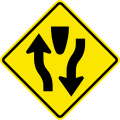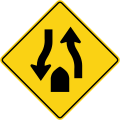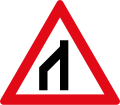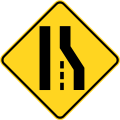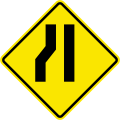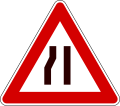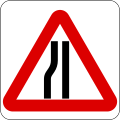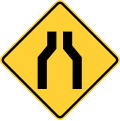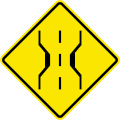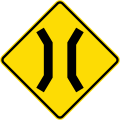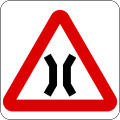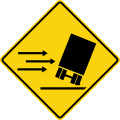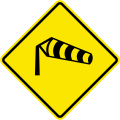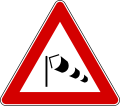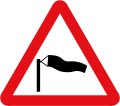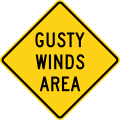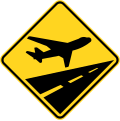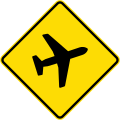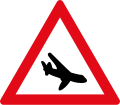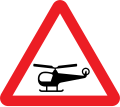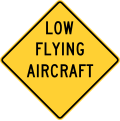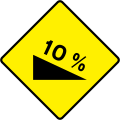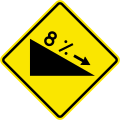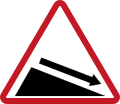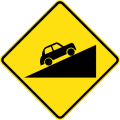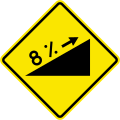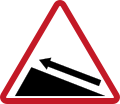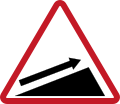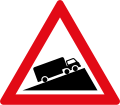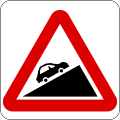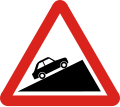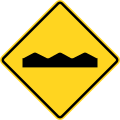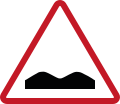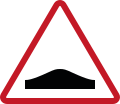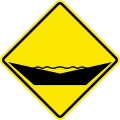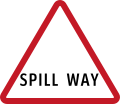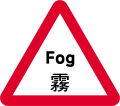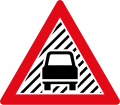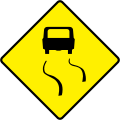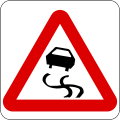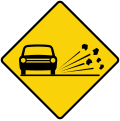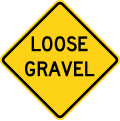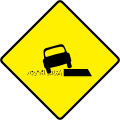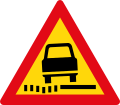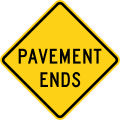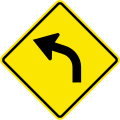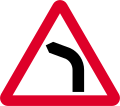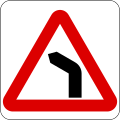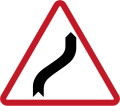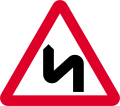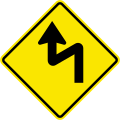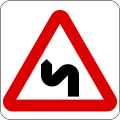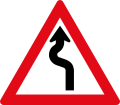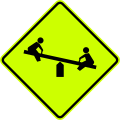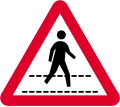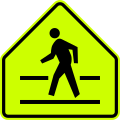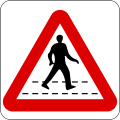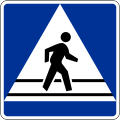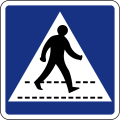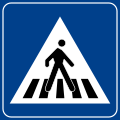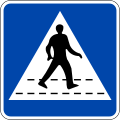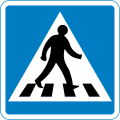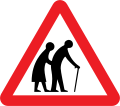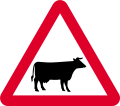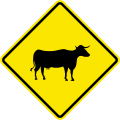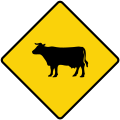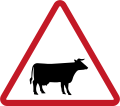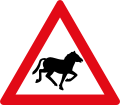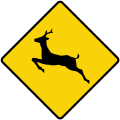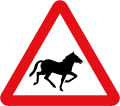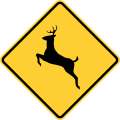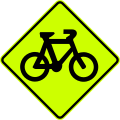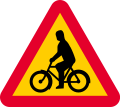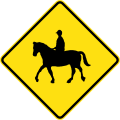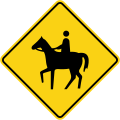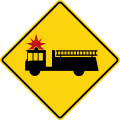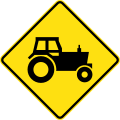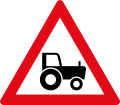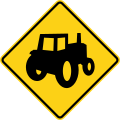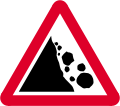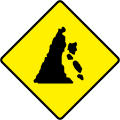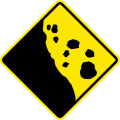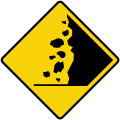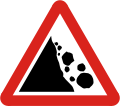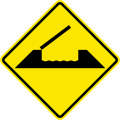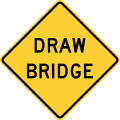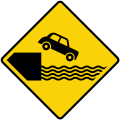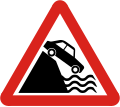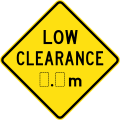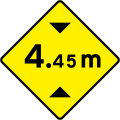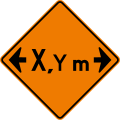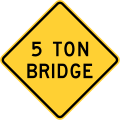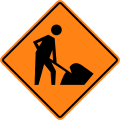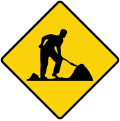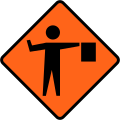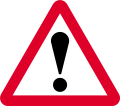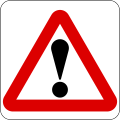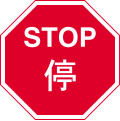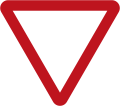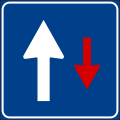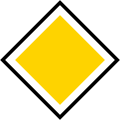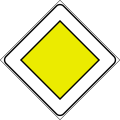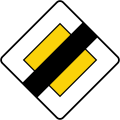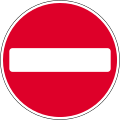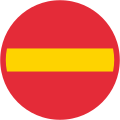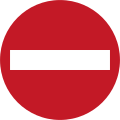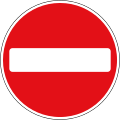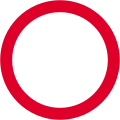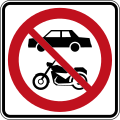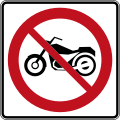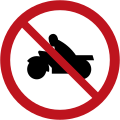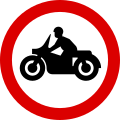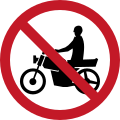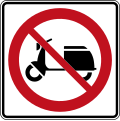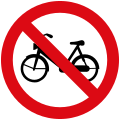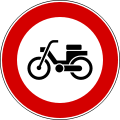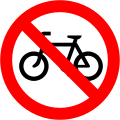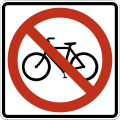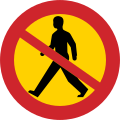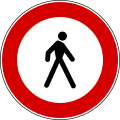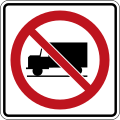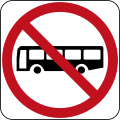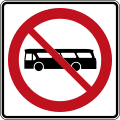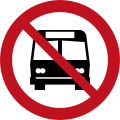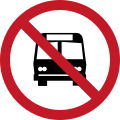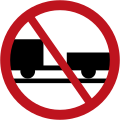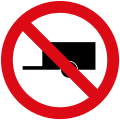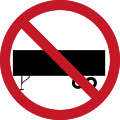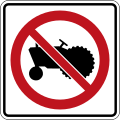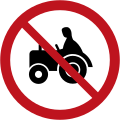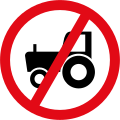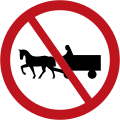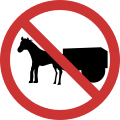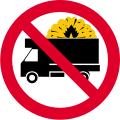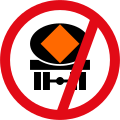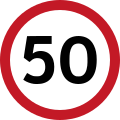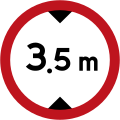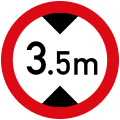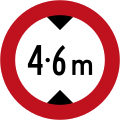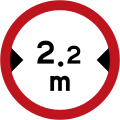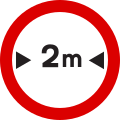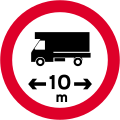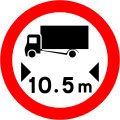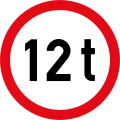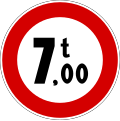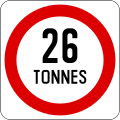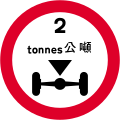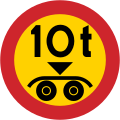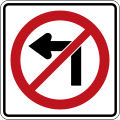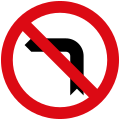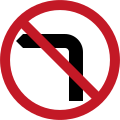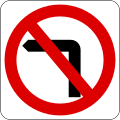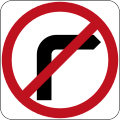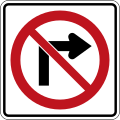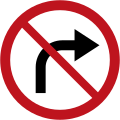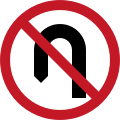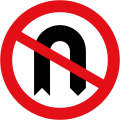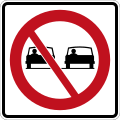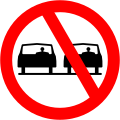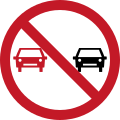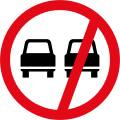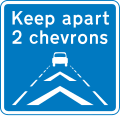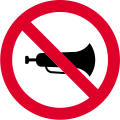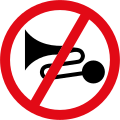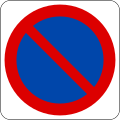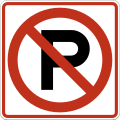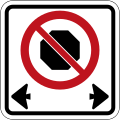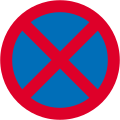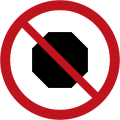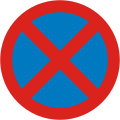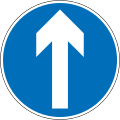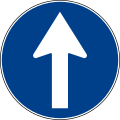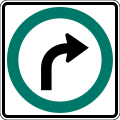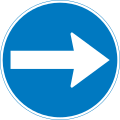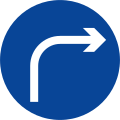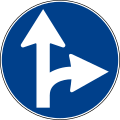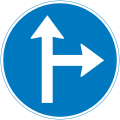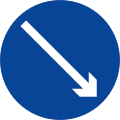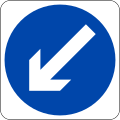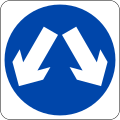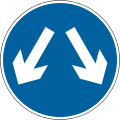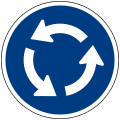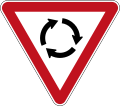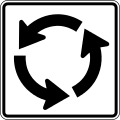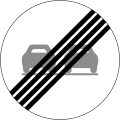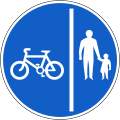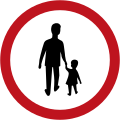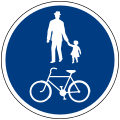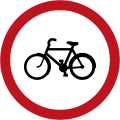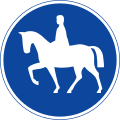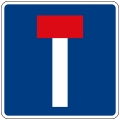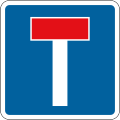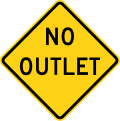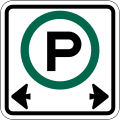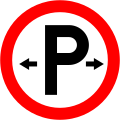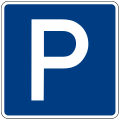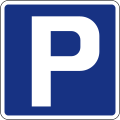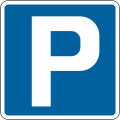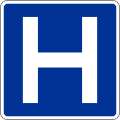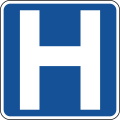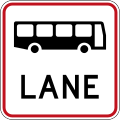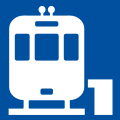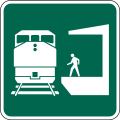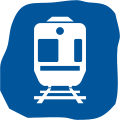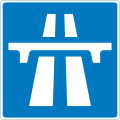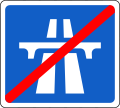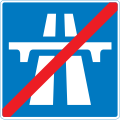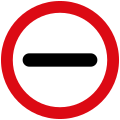Top Qs
Timeline
Chat
Perspective
Comparison of traffic signs in English-speaking territories
From Wikipedia, the free encyclopedia
Remove ads
This is a comparison of road signs in countries and regions that speak majorly English, including major ones where it is an official language and widely understood (and as a lingua franca).
This article has multiple issues. Please help improve it or discuss these issues on the talk page. (Learn how and when to remove these messages)
|
Among the countries listed below, Liberia, Nigeria, and the Philippines have ratified the Vienna Convention on Road Signs and Signals, while the United Kingdom has signed the convention but not yet ratified it.[1] Botswana, Eswatini, Lesotho, Malawi, South Africa, Tanzania, Zambia, and Zimbabwe are all Southern African Development Community (SADC) members who drive on the left and use the SADC Road Traffic Signs Manual. The Manual on Uniform Traffic Control Devices (MUTCD) used in the United States has also influenced signing practices in other countries.
Remove ads
Differences between traffic signs in English-speaking countries/regions
Differences in units



- All main countries/regions, except for the United States and the United Kingdom, use the metric system. Some mark this fact by using units on various signs. Note that some smaller English-speaking countries in the Caribbean also use miles per hour.
- Advisory speed limit signs in most countries list units, although New Zealand does not. The US lists units in mph.
- Height, weight, and width restrictions are almost always accompanied by units (tonnes or metres); in the US, the short ton is used with no distinction from metric tonnes.
- Signs in some parts of Canada near the US border often include both metric and Imperial units, to remind American drivers that they are entering metric countries. No such equivalent exists in the US.[13]
- The US was, at one time, planning a transition to the metric system. The Metric Conversion Act of 1975 started the process, but the abolition of the United States Metric Board in 1982 significantly hampered conversion. Nevertheless, the MUTCD specifies metric versions of speed limit signs. Furthermore, Interstate 19 in Arizona is partially signed in metric.
Color differences
Warning signs


- Most warning signs are diamond-shaped and yellow or red-bordered triangular warning signs; some warning signs may be fluorescent yellow-green in order to draw extra attention. There are a few exceptions to this:
- Pentagonal signs are used in school zones in the United States, Liberia, and many areas in Canada. In the Philippines, pentagonal signs are permanently used for pedestrian crossings.
- Warning signs may be text-only.
Road works and construction
- Most countries use orange or yellow diamond-shaped signs or yellow, orange or white red-bordered triangular warning signs for construction zones. Australia and the Philippines use rectangular signs that fit into temporary casings.
Regulatory signs
- Prohibitory and restrictive signs are classified as regulatory signs.
- Almost all prohibitory signs use a red circle with a slash. Restrictive signs typically use a red circle, as in Europe. Some may be seated on a rectangular white background.
- The original MUTCD prohibitory and restrictive signs were text-only (i.e. NO LEFT TURN).[14] Some of these signs continue to be used in the US.
- Yield signs can be blank or have text with the legend "YIELD" or "GIVE WAY" depending on which country it is.
- The No Entry / Do Not Enter sign may or may not feature text. In Ireland, an upwards-pointing arrow contained within a slashed red circle is used instead. Some countries have those two signs separated.
- The Latin American-style do not proceed straight sign may take a different meaning in countries with standard No Entry signs. Typically, it indicates an intersection where traffic cannot continue straight ahead, but where cross-traffic may enter the street from the right (or left). Thus, it is distinguished from a No Entry (for all vehicles) sign.
Mandatory or permitted-action signs

- The design of mandatory signs varies widely, since the MUTCD does not specify their use.[15] Rather, the MUTCD's equivalent are classified as regulatory signs.
- Some countries use simple arrows with the text "ONLY" or its equivalent underneath. This is the US and Australian standard.
- Some countries use European-style white-on-blue circular signs. These are "Type A Mandatory Signs" as prescribed by the Vienna Convention.
- Some Latin American and Caribbean countries use red-bordered circular signs, in the same style as regulatory signs. These are "Type B Mandatory Signs" as prescribed by the Vienna Convention. In cases relating to particular types of vehicle traffic (e.g. buses), these signs are identical to some European prohibitory signs.[a]
- Canada uses a unique style of mandatory sign that features a green circle.
Remove ads
Table
Summarize
Perspective
Warning
Regulatory
Priority
Prohibitory signs
Mandatory or permitted actions
Mandatory signs indicating an obligation to turn left do exist, but are not included in the list below since they are functionally mirror versions of signs indicating an obligation to turn right.
Other
Remove ads
See also
Notes
- The last level crossing in Singapore closed in 2011, and thus train-related traffic signs became obsolete.
- There are no operating tram or streetcar systems in this jurisdiction.
- Signs below used for crossroads with priority.
- The sign below is a uniquely Tanzanian version of the sign above.
- The sign below is a uniquely Tanzanian version of the sign above.
- Similar signs exist as indication signs (signs F-300 – F-308).
- Used only in New York.
- Temporary use only.
- Top sign used in Victoria. Middle-top sign used in New South Wales. Middle-bottom sign used in Queensland.
- This is combination advance warning sign (W308 "children") with a supplementary plate (IN11.4), commonly used to warn of school zones in South Africa. There is also a W305 "scholar patrol" warning for guarded pedestrian crossings:

- Used only in California.
- Top sign used in Queensland, South Australia, Tasmania, Victoria, and Western Australia. Bottom sign used in the Australian Capital Territory, New South Wales, and the Northern Territory.
- In Singapore, U-turns are forbidden per default, unless specifically allowed by a sign. While unofficial "U-turn prohibited" signs do exist, they only serve as a reminder, and the prohibition would still have been in place without the sign.
- Used in Queensland, New South Wales, Victoria and the Australian Capital Territory.
- Top sign used everywhere but New South Wales. Bottom sign used only in New South Wales.
- Used only in New York.
- Mini-roundabouts only.
- In many jurisdictions, "Overtaking Permitted" is indicated solely through a change in road markings, e.g. a solid center line changing to a dashed center line. In such jurisdictions, signs in this category are only posted in locations where a change in road markings is deemed insufficient notice for drivers. This is in contrast to "No Overtaking" signs, which are almost always posted alongside changes in road markings to indicate the end of an overtaking zone.
- The circular sign is used to indicate on-street parking, while the square-shaped sign indicates off-street parking.
- Pictographic symbol for use on guidance signs and supplementary plates; seldom a sign in its own right
- Australia has no land borders. The sign is used when interstate borders are closed (eg during COVID-19 restrictions).
- For ferry terminals and ports only.
Remove ads
References
Wikiwand - on
Seamless Wikipedia browsing. On steroids.
Remove ads




